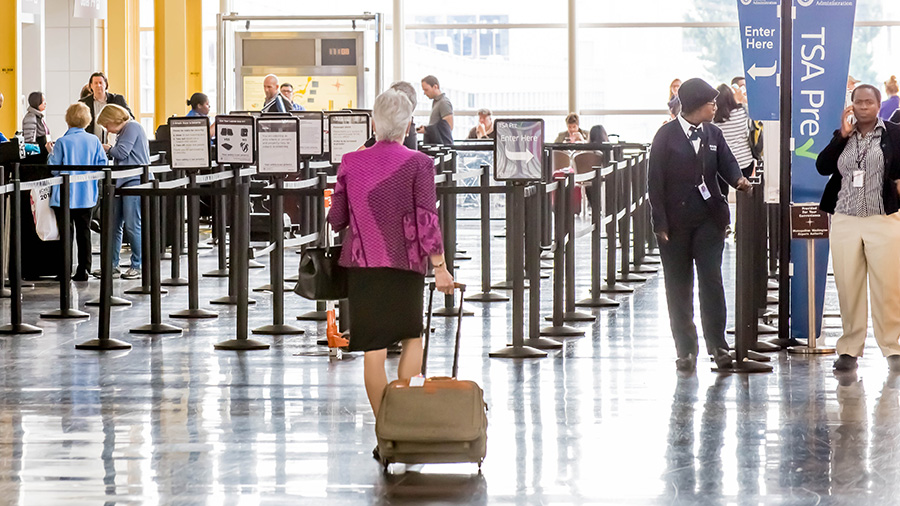When should an organization realize that it’s not enough to keep stepping around a problem — and that it’s time to work through it and stop the excessive cost, disruption, and generally bad customer experience?
Wrong Way, Go Back
Here’s a personal example of bad customer service from last week: I arrived at Tucson International Airport, ready to return home after spending a satisfying, productive week with a wonderful client. I’m not a micro-packer so I had to check a bag, and for once, I decided to do it curbside. The fellow who helped me was so cheerful and lovely that after tipping him well I proceeded with my printed boarding pass to the TSA PreCheck line, feeling remarkably cheerful and lovely myself. (You can also read about my adventure signing up for TSA PreCheck.)
The Pre-Check line was long, but moving quickly. As I advanced, I noticed a young, confused-looking man squeezing his way back through the line from the TSA agent to the entry point. “Must not have TSA privileges,” I noted, a bit smugly. “Must have gotten on the wrong line.”
Or so I thought until I reached the TSA agent myself. When she tried to scan the bar code on my boarding pass, it wouldn’t register. She explained that the boarding passes printed curbside often don’t work, so I could either go get on the regular screening line or go print a new boarding pass at a kiosk located right outside the security area and then return to the PreCheck line.
She kindly tried the scan again, but still no luck. So, just like the young man before me, I had to make my way back through the PreCheck line, wondering if the people I was squeezing past might also be smugly assuming that I had gotten on the wrong line.
As I reprinted my boarding pass at one of three helpfully placed kiosks I realized that I couldn’t recall seeing kiosks located so far from ticketing and right outside security at any other airport. Their location suggested that the TSA agent — who had been so matter-of-fact about the problem and so clear about the remedy — wasn’t the only person aware of the problem.
Perhaps this was only a temporary solution, because it certainly didn’t appear that the airline, the baggage-handling service, and the TSA itself had taken the necessary steps to resolve the problem completely. Instead, they were relying on the equivalent of a customer rework.
Must the Customer Bear the Cost of a Customer Service Problem?
As I stood on the PreCheck line for the second time, several other people were sent back to reprint their boarding passes. For most passengers, this was a one-time event, including only minor inconvenience and some embarrassment, but it could also mean a crucial loss of time and possibly a missed flight.
So I started calculating: How many people get sent back, and how many passengers actually end up missing their flight because of it? And who, besides the passengers, absorbs the cost? The airline has installed three extra terminals for reprinting even though, ultimately, it might only be one curbside baggage station causing the problem. And the TSA may see some slight difference in their staffing needs, based on the number of customers who need to receive special instructions and to make a repeat visit through the line.
Do you have problems in your business that you’ve tried to fix by offloading the costs to your customers, rather than doing the investigation and coordination necessary to fix the problem?
Onward and upward,
LK

